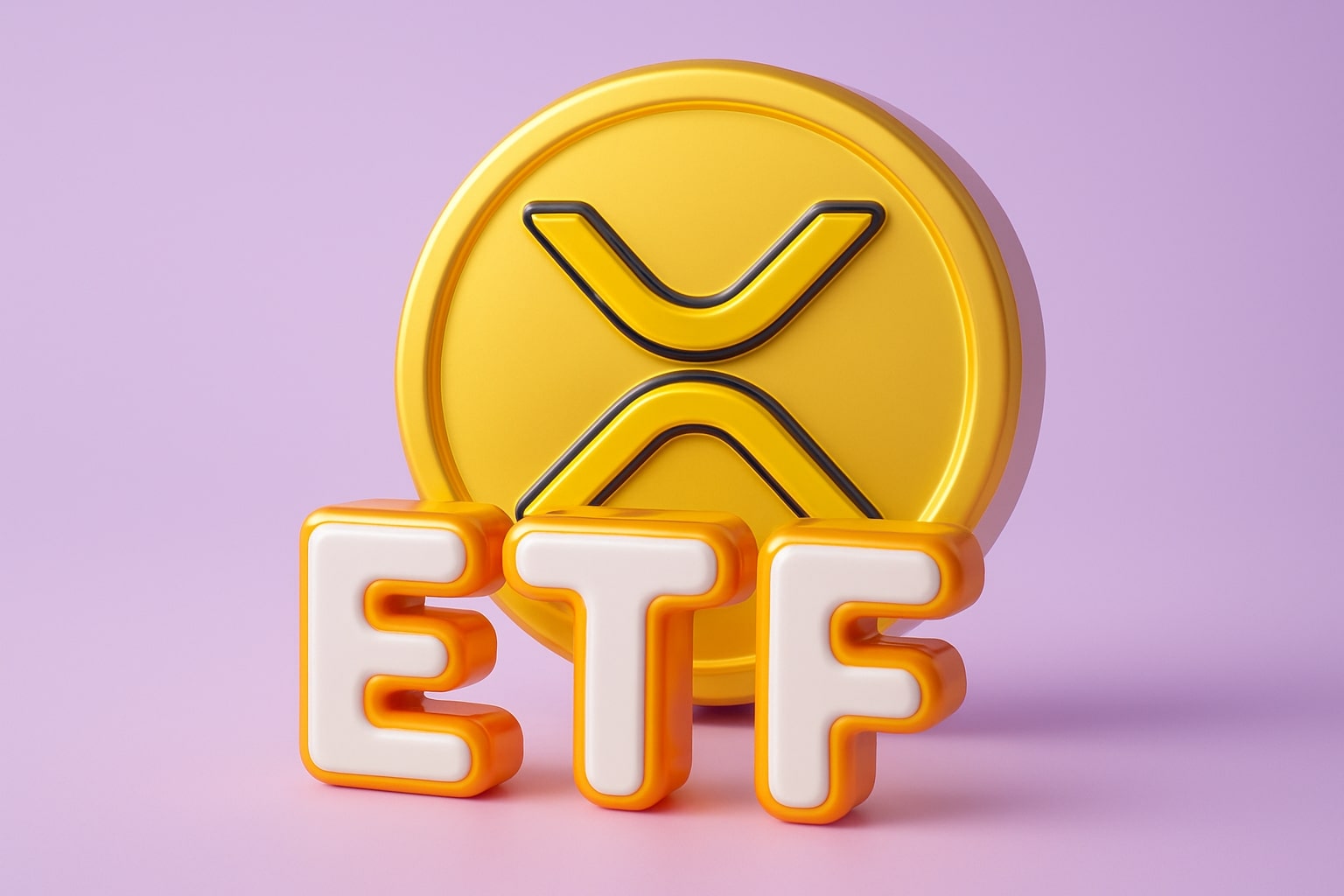Bitcoin Etf Inflows Revive Institutional Demand Amid Market Volatility
Bitcoin (BTC-USD) trades near $101,804, showing early recovery signs after U.S. spot Bitcoin ETFs ended a six-day outflow streak with $240 million in inflows. The reversal follows cumulative redemptions exceeding $1.4 billion since late October, as institutional allocators began repositioning following a sharp drop below the $100,000 threshold. Trading volume surged above $4.77 billion, signaling renewed fund activity, while macro pressure from the 38-day U.S. government shutdown continues to cloud short-term sentiment.
Ibit Etf Dominates As Blackrock Absorbs Half Of All Inflows
BlackRock’s (NASDAQ:IBIT) iShares Bitcoin Trust led the recovery, capturing $120 million—roughly 50% of all U.S. Bitcoin ETF inflows. IBIT’s $167.9 billion market capitalization and $100 billion+ in assets under management underscore its growing dominance over peers. The ETF’s share price closed at $58.88, up 2.83%, with after-hours trade slightly lower at $58.35. Despite recent redemptions, IBIT’s average inflow base remains above $89,600 per BTC, positioning institutional buyers comfortably above breakeven as the price stabilizes near $100,000–$105,000. The fund’s consistent liquidity—averaging 63.8 million shares traded daily—shows it remains the structural anchor of regulated Bitcoin exposure.
Massive Withdrawals Give Way To Stabilization Across Fbtc And Arkb
After weeks of redemptions, Fidelity’s FBTC and ARK 21Shares (ARKB) reported modest inflows of $46 million and $18 million, reversing part of the prior $438 million and $129 million outflows, respectively. Cumulatively, U.S. Bitcoin ETFs still show $60.3 billion in net inflows since launch, equivalent to 6.7% of total BTC supply. Outflows typically cluster during macro corrections, with prior streaks lasting 6–8 days before bottom reversals. Analysts note that current fund behavior resembles prior February 2025 and June 2024 episodes—both precursors to price rebounds of 18–25% in the following three weeks.
Macroeconomic Headwinds Intensify As Shutdown And Yields Pressure Bitcoin
The U.S. government shutdown, now in its 38th day, has disrupted liquidity and delayed economic data releases, amplifying investor uncertainty. Concurrently, the 10-year Treasury yield’s surge above 4.8% has drawn capital away from high-beta assets like BTC-USD, explaining why redemptions peaked at $2.3 billion over the last two weeks. Labor data showed October job cuts rising to 153,000, while inflation expectations eased slightly to 3.2%, suggesting stagflation risk rather than deflationary relief. These dynamics forced temporary ETF outflows as funds rotated toward income-generating assets. However, the macro setup also mirrors early 2024 liquidity troughs, historically strong entry zones for Bitcoin accumulation through ETFs.
Historical Flow Trends Indicate Market Bottom Formation
Since January 2024, every Bitcoin ETF outflow streak exceeding five consecutive days has been followed by a sharp price rebound. Data from SoSoValue and Farside Investors reveal that outflow streaks represent less than 0.5% of total AUM per drawdown cycle, highlighting strong long-term retention. The largest prior redemptions—$4.8 billion in May 2025—preceded a full market recovery above $125,000 by mid-summer. With current redemptions totaling $1.21 billion, historical analogs imply exhaustion rather than structural flight. Notably, institutional retention remains exceptionally high: despite a 20% BTC correction, only $1 billion left funds managing over $139 billion in assets.
Interplay Between Bitcoin Price And Etf Liquidity Grows Stronger
ETF flows now account for a significant portion of market-moving liquidity in BTC-USD, effectively transforming fund managers into price stabilizers. Redemptions force issuers to unwind spot BTC holdings, amplifying sell pressure, while inflows absorb supply directly from exchanges. This dynamic explains why Bitcoin’s 16% decline since early October aligned precisely with ETF withdrawals, and why the recent $240 million inflow triggered immediate short-covering in futures markets. With ETFs commanding nearly 10% of daily spot volume, their influence now rivals traditional exchange flows, making inflow data a leading indicator for price momentum.
Ibit Financial Performance Highlights Structural Stability
The IBIT ETF’s latest financials reflect durability under stress. Revenue rose 25.2% year-over-year to $6.51 billion, while operating expenses increased 53% to $898 million, largely due to ETF distribution costs. Net income stood at $1.32 billion, producing a 20.3% margin, and EBITDA reached $2.44 billion, up 11.7%. Despite an 18.8% profit drop, cash from operations increased 2.4% to $1.41 billion, supported by strong subscription activity. IBIT’s cash and short-term investments remain robust at $12.6 billion, ensuring liquidity coverage for redemptions. Its return on capital (7.3%) and free cash flow ($1.73 billion, +17.2%) reinforce its position as the most financially sound Bitcoin ETF in the market.
Comparative Flows Show Divergence Between Bitcoin And Solana Etfs
While Bitcoin ETFs saw $558 million in withdrawals on November 7, Solana-linked ETFs logged $12.69 million in inflows for nine consecutive days, suggesting a short-term rotation from Bitcoin to high-beta altcoins. This divergence underscores tactical repositioning, not structural abandonment. Ethereum products mirrored Bitcoin’s weakness, recording $46.6 million in weekly outflows. Yet, Bitcoin’s dominance within total ETF AUM—over 70% of crypto ETF capital—means even small net inflows materially affect liquidity conditions across the market.
Institutional Sentiment Divided But Long-Term Confidence Intact
Portfolio managers appear to be reallocating rather than exiting crypto exposure entirely. Rising Treasury yields and policy uncertainty prompted defensive rotation into shorter-duration assets, but institutional conviction in Bitcoin’s long-term thesis remains evident through retained positions. The average ETF entry cost near $89,600 per BTC implies most investors remain profitable even after recent volatility. Analysts emphasize that the 99.5% asset retention rate across Bitcoin ETFs is unprecedented for a risk asset with this volatility profile, proving Bitcoin’s maturing role in institutional portfolios.
Forward Catalysts: Fed Policy, Shutdown Resolution, And Inflow Resumption
The week ahead will test Bitcoin’s ability to sustain the current recovery. A potential Senate vote on November 10 could end the shutdown and release delayed economic data—key for determining the Federal Reserve’s December rate path. If inflation eases and policymakers adopt a dovish tone, Bitcoin ETFs could attract renewed inflows, potentially driving BTC-USD back toward $115,000–$125,000. Conversely, prolonged fiscal gridlock or rising stagflation fears could extend consolidation near $95,000–$100,000. Either outcome, historical flow data suggest ETF liquidity will dictate direction more than retail sentiment in the coming weeks.
Verdict: Buy – Bitcoin Etf Structure Shows Resilience Amid Macro Pressure
Despite temporary redemptions, the structural integrity of Bitcoin ETFs—led by IBIT, FBTC, and ARKB—remains intact. Institutional retention, strong liquidity, and historical rebound patterns all point toward recovery once macro headwinds subside. With cumulative ETF inflows exceeding $60 billion since inception and long-term positions largely intact, BTC-USD is positioned for renewed accumulation.
Final Outlook: BUY — ETF inflows returning, IBIT leadership stable, and macro rebalancing likely to push Bitcoin toward $115,000–$125,000 in the medium term.
That's TradingNEWS


















